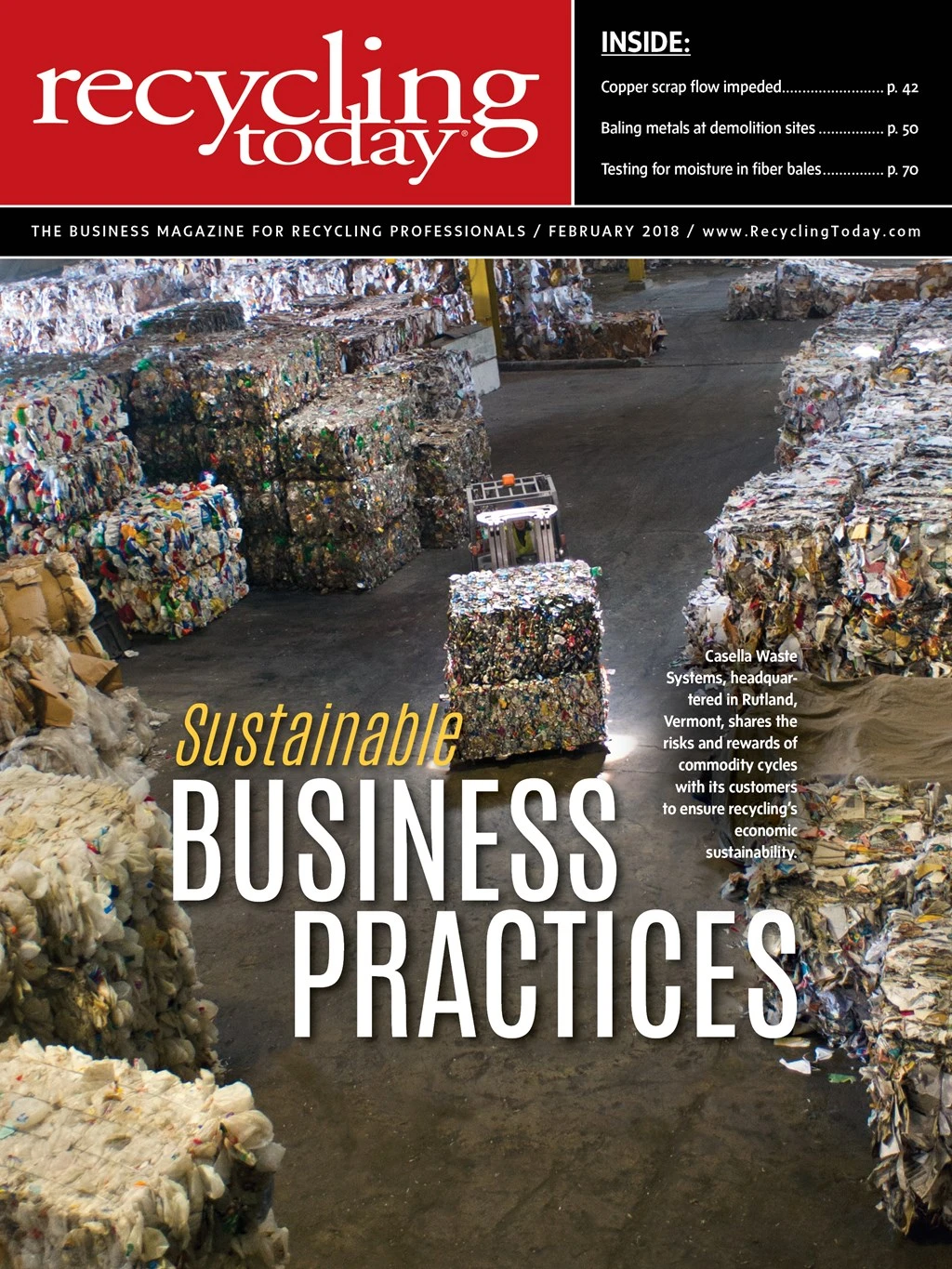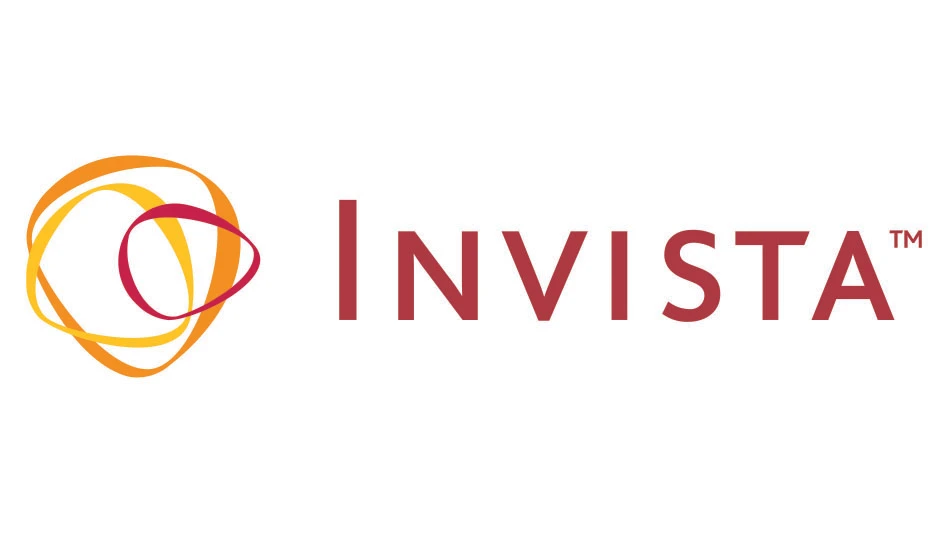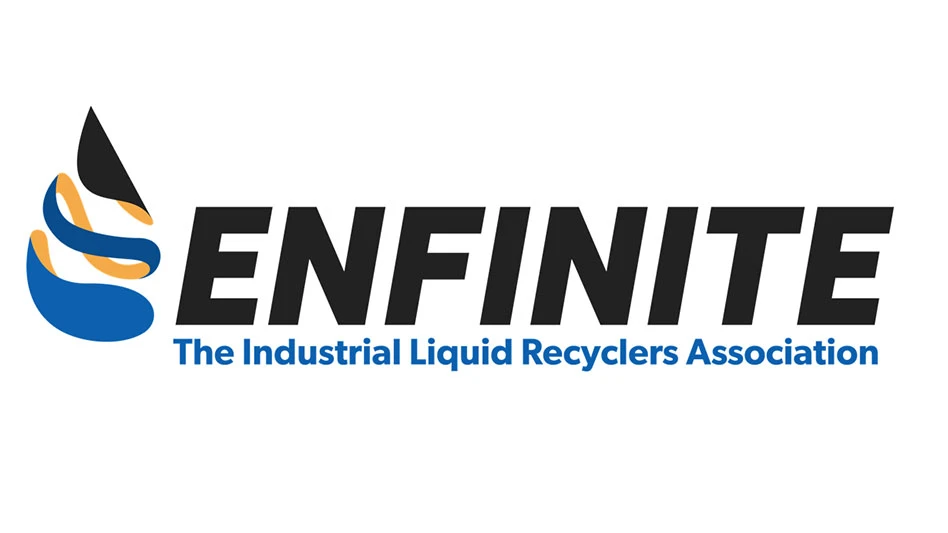
Compressing recovered fiber into a dense bale is almost always the most cost-effective way to supply paper mills with the secondary raw materials they need.
The concern for mill buyers has long been that what they gain in transportation efficiency can be offset by contamination within those bales, which decreases yield and thus cancels out some of the benefits of baling.
For decades, mills have undertaken processes to assess bale quality and try to determine how much moisture, dirt and unwanted material (plastic, metal or the wrong type of fiber) can be found in purchased bales. Mill operators have been experimenting with new technologies designed to be less time-consuming and to provide more definitive results.
Making a case for measurement
In a presentation at the 2017 Paper & Plastics Recycling Conference Europe, held in November in Warsaw, Poland, Bill Moore of Atlanta-based Moore & Associates said new devices designed to measure moisture and contamination levels in baled scrap paper are meant to replace what he called “ocular technology,” or visual inspection.
Mill companies have long undertaken procedures to break open and inspect a percentage of incoming bales. While this can help them gather data to provide feedback to suppliers, the process is not ideal. It removes material from the streamlined flow of being received by the mill and quickly being fed to a pulping line. The procedure also requires several labor hours to open the bales, conduct the inspections, analyze materials, record data and then redirect materials from the opened bales back to the production line.
As cumbersome as that procedure may be, some of the findings convinced mills it was necessary. Bale quality can vary greatly, even from the same suppliers. While moisture can be a problem affecting even relatively uniform bales, mill companies have been particularly vocal in decrying inconsistent (but sometimes alarmingly high) percentages of prohibitives in bales containing collected residential material.
Moore, in his presentation, cited several reasons for mills to commit effort and resources to bale measurement:
- Accurate measurement leads to more results-oriented supply control. “If you can’t measure it accurately, a mill is limited in defending any action it might take with a supplier,” he said.
- Perceived declines in quality stemming in part from more commingled collection mean accurate measurement “has become ever more important.”
- With higher average scrap paper pricing, high yield—as determined by the composition of bales—has become more important.
- A papermaker’s entire purchasing program can relate to knowing the quality of incoming scrap paper. Technologies for more accurate, systematic bale measurement are being developed, and it may be a competitive disadvantage to ignore them.
Overseas advances
In Europe, Moore commented that Brussels-based CEPI (Confederation of European Paper Industries) has “pushed forward a comprehensive approach for a number of years” to make baled paper quality more transparent.
The organization, comprised predominantly of paper manufacturers with mills in Europe, publishes and updates a document titled “Paper for recycling quality control guidelines” that can be downloaded from its website at www.cepi.org/publications/revisedqualitycontrolguidelines.
The document builds on specifications found in the “European Standard EN 643,” a list of grades of scrap paper and board that is used in much the same way as specifications from the Institute of Scrap Recycling Industries (ISRI) Paper Stock Industries (PSI) chapter.
In the most recent version of the CEPI set of guidelines, a 14-page document released in April 2016, the organization offers recommendations on how to best measure moisture in purchased, baled recovered fiber.
According to CEPI, “Measurement can be done through several methods:
- By opening chosen bales. At least one sample should be taken from the load and oven-dried.
- By taking at least one sample of the load by core-drilling devices. The sample should then be oven-dried.
- By technical
measurement , such as [with] electromagnetic devices, near-infrared (NIR) scanners and microwave solutions.”
In an annex section providing more detail on the new technologies mentioned in the third bullet point, CEPI indicates NIR-based devices have been “found to be valid for the analysis of the moisture content and plastic content” of bales.
The organization elaborates that the NIR method is “based on the analysis of a [scrap paper] sample obtained by a core-drilling device [located] in front of a sensor having a transmitter and NIR receptor.” CEPI adds, “In a similar method, a hole is drilled into the bale and the NIR sensor is introduced to measure directly in the bale.”
Microwave sensor technology, according to CEPI, is “considered as valid for the analysis of the moisture content” of bales. This method involves sensors mounted next to or above bales as they are received, similar to how scrap metal can be passed through radiation detectors. Bales move “at a controlled speed [between] a transmitter on one side and a microwave receiver placed
Such
In the field and at the mill
Moore’s presentation noted that these new technologies are being used by several major European mill companies, including Spain’s SAICA and Ireland-based Smurfit Kappa Group (SKG), as well as by operators of paper mills in China.
One technology provider gaining market share is Papiertechnische Stiftung (PTS), which is based in Germany. The company’s NIR probe can be inserted into a bale after a hole is drilled into it.
On its website, PTS claims its PaperBaleSensor (PBS) is “the first measuring system on the market that permits simultaneous and highly accurate measurements of moisture, polymer, fiber and ash contents in
The measurement is performed by what PTS calls a “lance head-shaped sensor [that] scans the bore in the near-infrared wavelength range and calculates the percentages of components according to a fixed routine.”
On the microwave scanning side, Hungary-based HPNA Dunakontroll Ltd. has been working with mill companies to test and install bale measurement systems. The company indicates its HPNA system “is a microwave measurement system that
HPNA continues, “The measurements help paper mills [by] rapidly identifying the moisture content of large amounts of baled [scrap] paper” with a system that can “replace the currently used, subjective measurements requiring manual intervention at places where huge quantities of fibrous materials are handed and taken over.”
However, in his presentation, Moore noted that such configurations require open-topped or open-sided truck transportation, which often is not the preferred method of transportation for
While such technologies are still in their formative stages, European mill companies have signaled their clear intention to financially support the rapid evolution of bale measurement technologies. With considerable amounts of money at stake when it comes to bale yield and quality, it seems increasingly likely that the technologies being pioneered in Europe will find their way across the Atlantic Ocean to the North American market.

Explore the February 2018 Issue
Check out more from this issue and find your next story to read.
Latest from Recycling Today
- Greenville, Mississippi, launches aluminum can recycling program
- Cotton Lives On kicks off 2025 recycling activities
- Georgia-Pacific names president of corrugated business
- Sev.en Global Investments completes acquisitions of Celsa Steel UK, Celsa Nordic
- Wisconsin Aluminum Foundry is a finalist for US manufacturing leadership award
- MetalX announces leadership appointments
- Sofidel agrees to purchase Royal Paper assets
- US Plastics Pact report charts expansion path for recycled content in packaging





